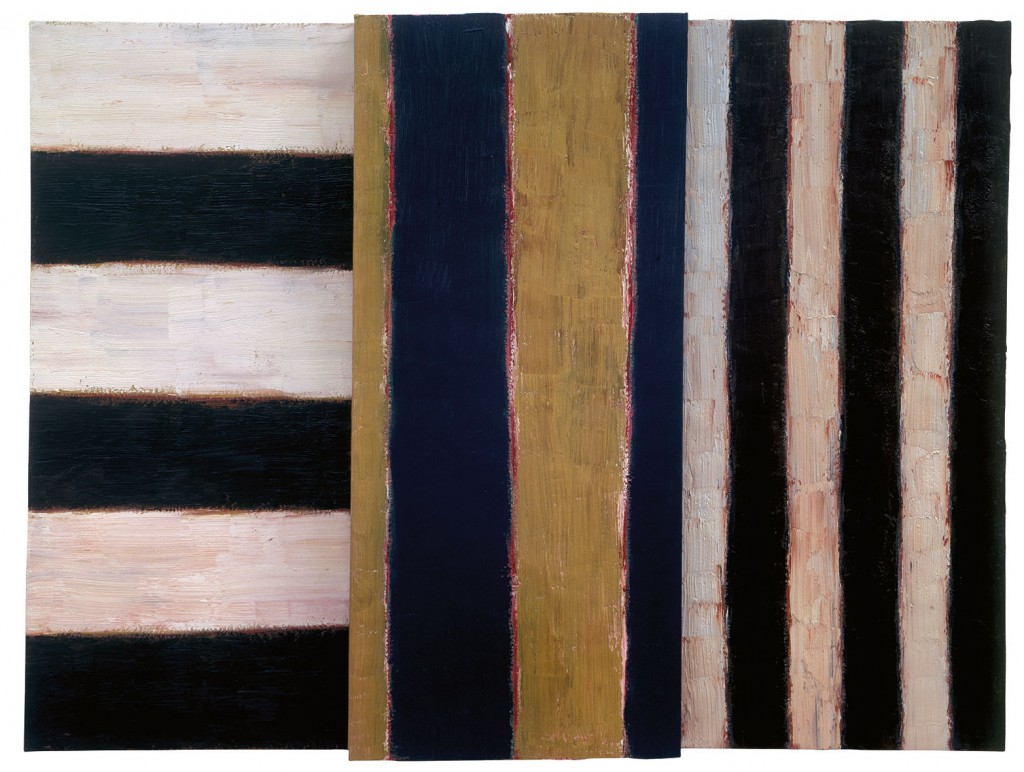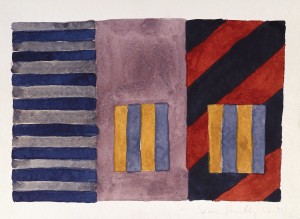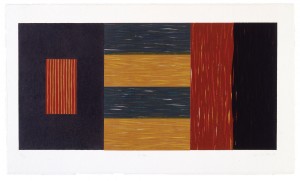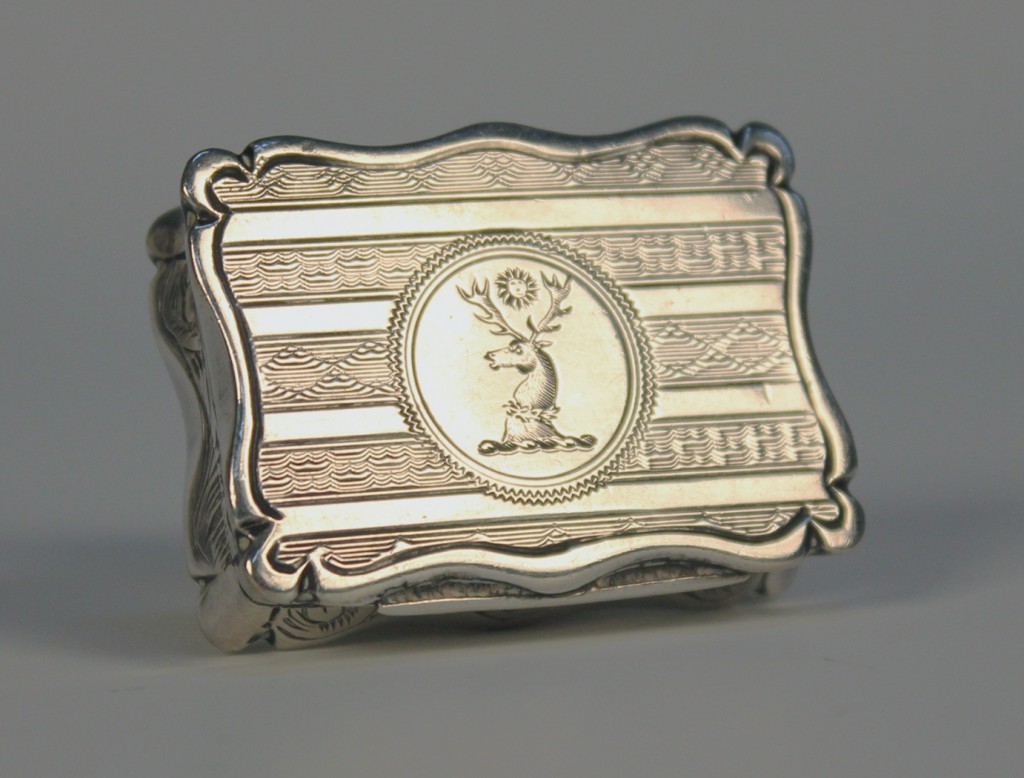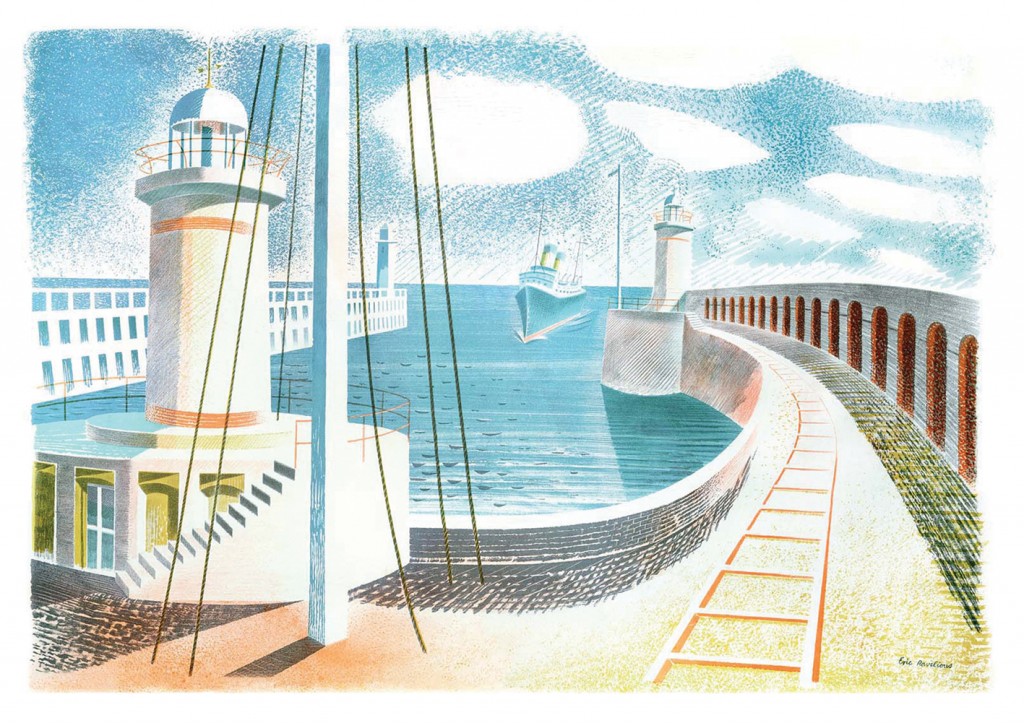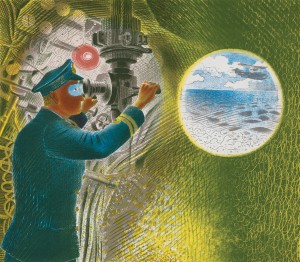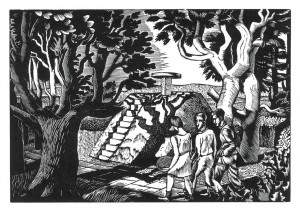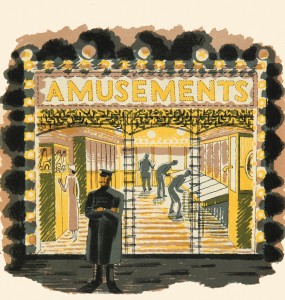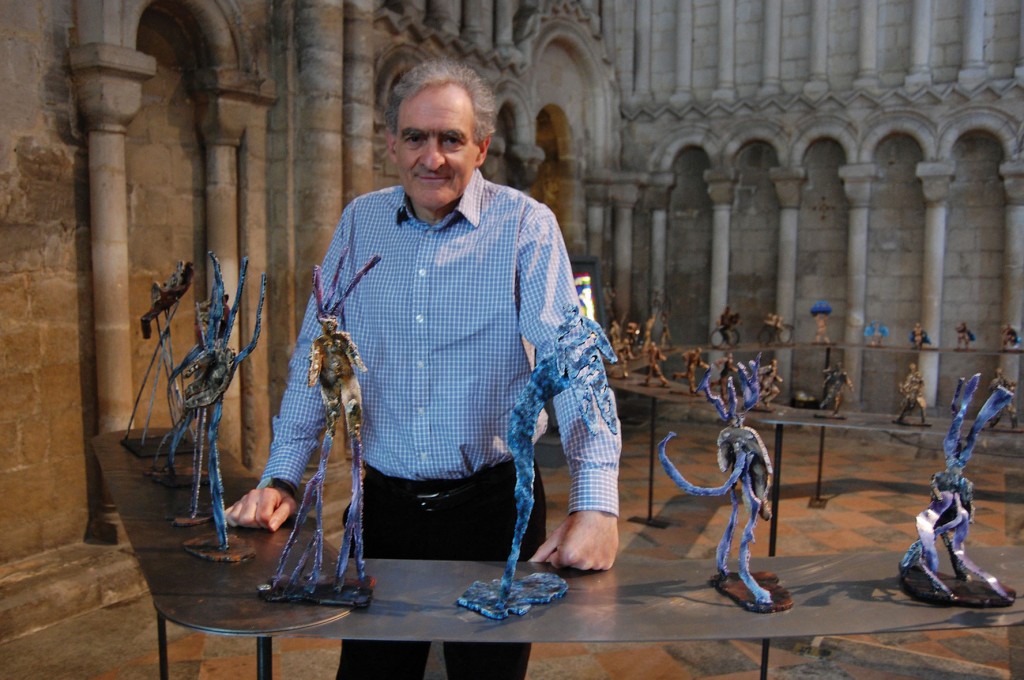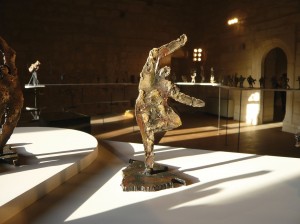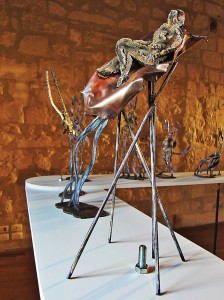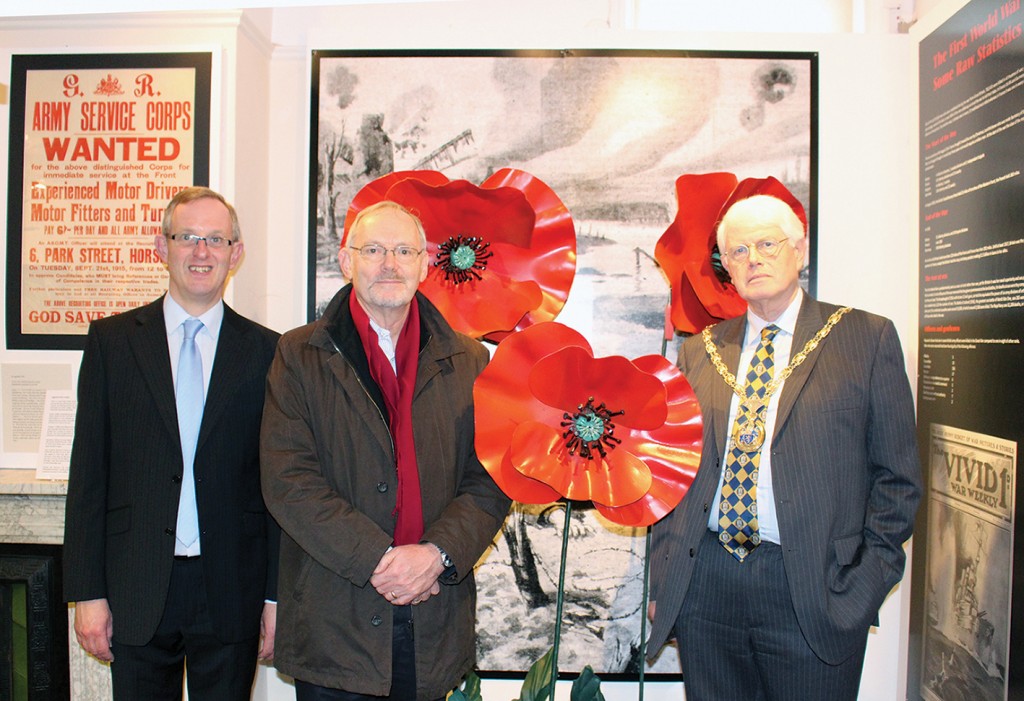
Horsham Museum & Art Gallery’s exhibition ‘The First World War 1914-1919 Memories and Memorabilia’ begins a year of commemorations in remembrance of the outbreak of the Great War on 28th July 1914. Three generations were united by the experiences of the First and Second World Wars, wars which for the first time brought industrialized might to the battlefield with terrible consequences.
Jonathan Chowen, Horsham District Council Cabinet Member for Arts, Heritage & Leisure, and Philip Circus, Horsham District Council Chairman, seen here with exhibition curator Jeremy Knight, are passionate historians. Winston Churchill was always influenced by the long shadow of history, mindful to heed the warnings the past offers to the present. Jonathan Chowen also understands the importance of history. “It is so important that each generation learns from history,” he remarks, “especially the First World War and the dire consequences of conflict. Acts of remembrance, like this exhibition, maintain our common narrative as a nation.”
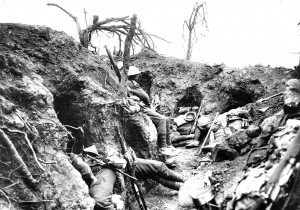
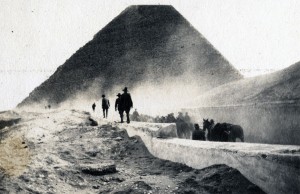
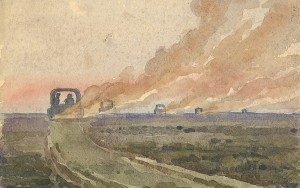
The images of the Great War still have the power to shock a century later and they inform our perspectives and understanding of this period. Amongst sorrow, suffering, sacrifice, courage, duty and hope, however, there are the very human and personal stories. This excellent exhibition seeks to give us fresh insights. I grew up with men who had fought in the trenches, men who had experienced gas attacks and the heat of battle and their stories have stayed with me. During the 1970s Jane Bowen interviewed and recorded the recollections of a number of soldiers, which have been transcribed for this exhibition. I had pictured troops in the trenches for months at a time whereas these recordings reveal that troops were in fact rotated on a regular basis. On average, a battalion could expect to spend ten days a month in the trenches and four to five days a month continuously in the firing line. Such care for our troops stands in contrast to the huge loss of life at the Battle of Mons and elsewhere. Their recorded memories give a very human account of the realities of life in the trenches.
Christ’s Hospital school has generously loaned the uniform of Edmund Blunden, the celebrated war poet and a former pupil of the school. Blunden cycled from Horsham to Chichester to sign on and the war played a key part in his life and poetry.
Along with such memories there is a remarkable selection of objects, which provide a tangible connection with the past. These include a First World War periscope, valentine cards, silk handkerchiefs, uniforms and knitwear. There are also the medals awarded to Dr Geoffrey Sparrow, who settled in post-war Horsham, along with a rare copy of On Four Fronts, his account of the war. The watercolour of a convoy in the Middle East, painted by Sparrow during the Second World War and auctioned at Toovey’s last year, adds richness to the photograph of troops beneath an Egyptian pyramid, taken during the Great War, which is included in the exhibition.
Jonathan Chowen concludes, “I am keen to encourage and make visible the extraordinary number of acts of remembrance which are taking place across the Horsham District. The outbreak of the Great War one hundred years ago will make Remembrance Sunday and Remembrance Day particularly poignant this year.” I agree. I have not been called to serve my country on the field of battle. I feel a debt of gratitude to those who fought in the two World Wars and those who serve in our armed forces today, so that we may live in relative peace and security.
This is an exceptional exhibition and thanks must go once again to curator Jeremy Knight.
‘The First World War 1914-1919 Memories and Memorabilia’ runs at Horsham District Council’s Horsham Museum & Art Gallery until 29th March 2014. For further details contact Jeremy Knight at the Museum.
By Revd. Rupert Toovey. Originally published on 5th February 2014 in the West Sussex Gazette.
